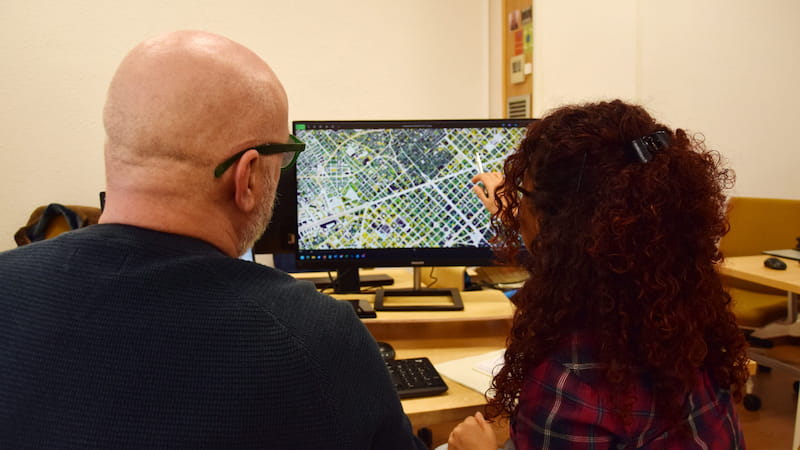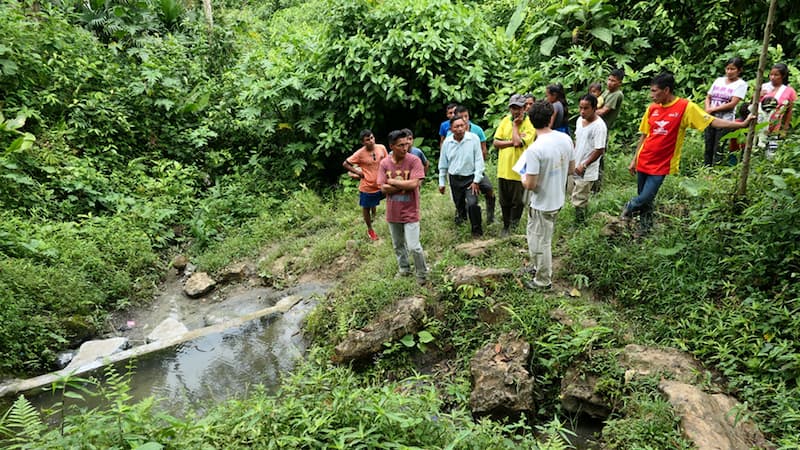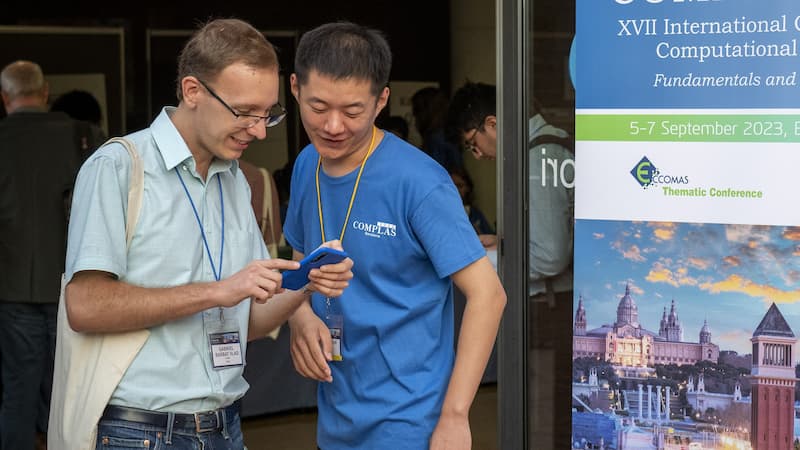ABSTRACT
Argillaceous claystones are primarily composed of clay particles of sedimentary origin and contain a substantial amount of chemically precipitated cement, often calcium carbonate, which acts as a bonding agent. Due to their favorable properties—such as low permeability, minimalmolecular diffusion, self-sealing capabilities, and high retention capacity for radionuclides—they are considered suitable host geomaterials for the deep geological disposal of radioactive waste.
However, fractures within these geomaterials, induced by excavations or post-disposal processes,can create preferential pathways for radionuclide migration, potentially influencing the performance of the disposal system. Therefore, these problems should be numerically evaluated. However, due to their complex behavior, modeling argillaceous rocks presents a significant challenge. Under shearing, these geomaterials exhibit anisotropy, creep, and quasi-brittle failure characterized by significant post-peak softening and strain localization.
This study aims to investigate the hydromechanical response of Callovo-Oxfordian (COx) argillaceous claystones to laboratory tests, field excavations, and post-disposal processes by employing the argillite models implemented in the CODE-BRIGHT program. The argillite models are adopted since they can effectively reproduce the key characteristics of argillaceous materials. Additionally, throughout this thesis, several other constitutive models are applied to simulate the behavior of materials interacting with the COx, including soft and rigid supports, and swelling materials. The outcomes of this thesis provide significant insight into the hydromechanical behavior of argillaceous rocks, thereby contributing to a more accurate evaluation of the disposal process.
PhD Advisors
- Dr. Jean Vaunat
- Dr. Antonio Gens
PHD CANDIDATE
Mr. Davood Yazdani Cherati is a researcher at CIMNE’s Geomechanics and Hydrogeology research cluster.





